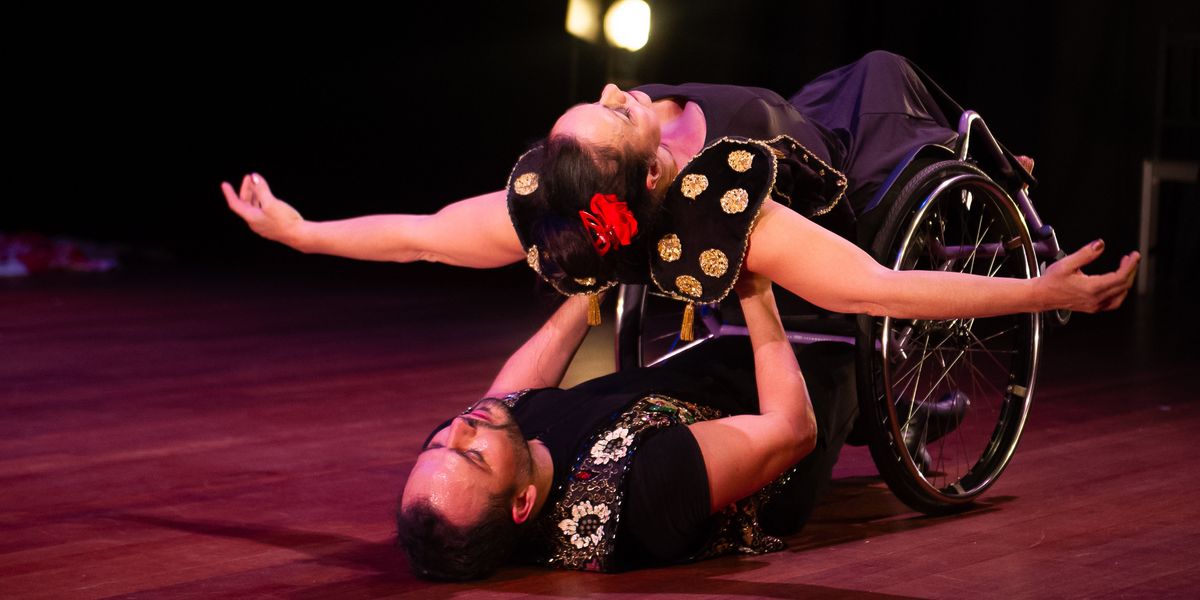This Choreographer Directs a Physically Integrated Flamenco Company in Spain
Spain’s José Galán challenges audiences to rethink how they perceive those who are disabled. For the past decade, he has directed Compañía José Galán de Flamenco Inclusivo, a professional company that features artists in wheelchairs, with vision impairment and with Down syndrome alongside dancers without disabilities. Regarded as the foremost expert of flamenco dance for people with disabilities, his trailblazing productions require a mindful gaze on the dancers’ bodies. Along with his company, his instructional method, Inclusive Flamenco, has been presented across the globe at flamenco’s top dance festivals and events.
He recently spoke with Dance Magazine about how he got into this work and how he collaborates with his dancers.

Ginette Lavell, Courtesy Galán
How he started his company:
“I improvised for the first time with a group of people with Down syndrome as an undergraduate pedagogy student. I fell in love with their ways of feeling, expressing and the trusting relationship they formed with me without even knowing me. It awakened my interest in approaching dance from another place.
“In Madrid I danced with Ballet Flamenco Sara Baras and also an inclusive theater and contemporary dance company, El Tinglao. When I returned to my hometown of Seville in 2010, I combined flamenco and inclusive dance, creating the first professional inclusive flamenco company.”
On his dancers:
“I look for dancers with artistic quality and stage presence; everything else can be worked on.
“The choreographies are designed for the functionally diverse artists so that they can demonstrate their artistic qualities. As I create, I physically put myself in their place (wheelchair, etc.), testing and experiencing the choreography.
“I search for innovative ways someone with restricted movement can achieve the same intention, such as hitting the floor with the wheelchair to create what would be the percussion of footwork.
“To mount any collaborative work, you need to know the dancers very well as people before starting, so that trust and appreciation exist between one another. Professionally, you must also understand each other’s artistic potential, the starting point and limit.”
How disability was viewed in the past:
“In researching my doctoral thesis I discovered that, historically, flamenco artists’ disabilities were not seen as an impediment but an asset. Their stage names were nicknames of their disabilities—such as El Ciego (“The Blind”), El Cojo (“The Lame”), El Loco (“The Crazy”)—serving to bring emphasis to their disability rather than treat it as a defect to be hidden.”




